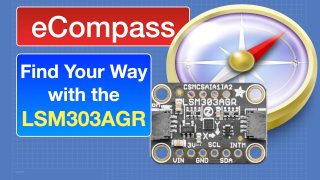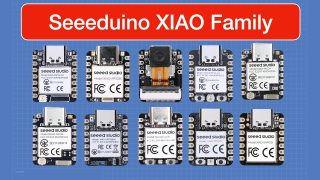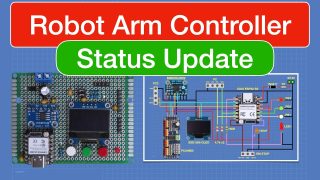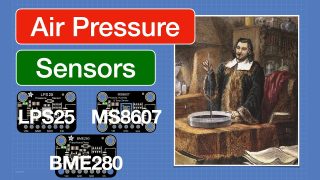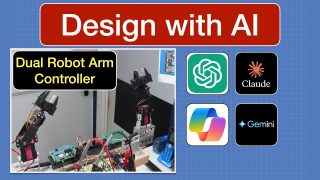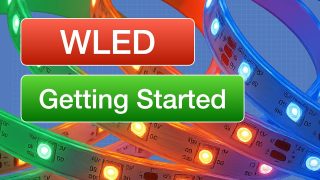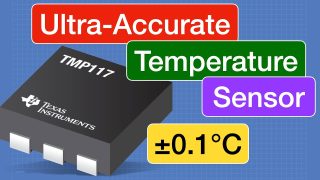Linear DC Power Supplies – Designing & Building Custom DC Power Supplies
Two videos in one! Learn about Linear Power Supplies and then build one for your workbench.
Article with parts list: https://dronebotworkshop.com/linear-dc-power/
More articles and tutorials: https://dronebotworkshop.com
Join the conversation on the forum: https://forum.dronebotworkshop.com
Subscribe to the newsletter and stay in touch: https://dronebotworkshop.com/subscribe/
Learn how linear power supplies work, and then build one of your own. If you want to go directly to the second part, you’ll find it at 32:45.
In the first part, we will learn how linear power supplies differ from switching power supplies. We’ll take a look at the main components of a linear power supply and see how they are specified.
Then we’ll break out the solderless breadboard and hook up a positive, negative, and variable voltage regulator circuit, using a low-current transformer for safety.
Then we move on to part 2, building a small linear power supply that would look great on your workbench.
I’ll show you how I selected the components, how I hooked them up, and how I constructed and labeled the chassis. Then you’ll see how I laid out the components with safety first in mind.
And, of course, we’ll check out the resulting product, a variable DC power supply that can supply 2 – 20 VDC at up to 2.5 amps.
Here is the Table of Contents for today’s (very long) video:
00:00 – Introduction
02:57 – Linear vs Switching Power Supplies
07:18 – Power Supply Components
15:41 – Rectifier Demonstration
19:34 – Voltage Regulators – Fixed Positive
25:12 – Voltage Regulators – Fixed Negative
29:15 – Voltage Regulators – Variable Positive
32:45 – Part 2 – Build a Linear Power Supply
33:56 – Parts & Prototyping
44:00 – Power Supply Hookup
49:01 – Cutting a Metal Chassis
52:30 – Layout and Design Considerations
58:09 – Labelling the Chassis
1:03:34 – Wiring & Assembly
1:07:40 – Final Product
1:10:06 – Conclusion
Although they are not as popular as switching supplies, linear power supplies do offer advantages in several situations. Learning to design and build them is an essential skill for any electronics experimenter.
Hope you enjoy the video!
Bill
source




